Of Lens & Mind, Travel Photography Tips & Insights
Florence in Focus: Rediscovering the City in Black and White
For me, photography has always been more than an art form. It’s a way of expressing how I feel—a tool for reflection, a method of tuning into my thoughts. I’ve written before about photography as a form of meditation, and this day was no exception. I was feeling low. Not in a dramatic way—just one of those days where the weight lingers, and you need a release. I needed an outlet, something to help me reconnect with myself and process what I was feeling. So I gave myself a clear intention: strip away the distractions and focus deeply on something specific.
Color, on that day, felt like noise. It felt like too much. I didn’t want the chaos of it—I wanted simplicity, clarity, something raw. That’s when I decided to shoot entirely in black and white. It was a tough day. I didn’t want to lose myself in a million creative decisions. I wanted limits. I needed photography to be therapeutic again—not performative, not professional, not for anyone else but me. That’s why I’m selective with my work. I never want to lose the sense of why I create.
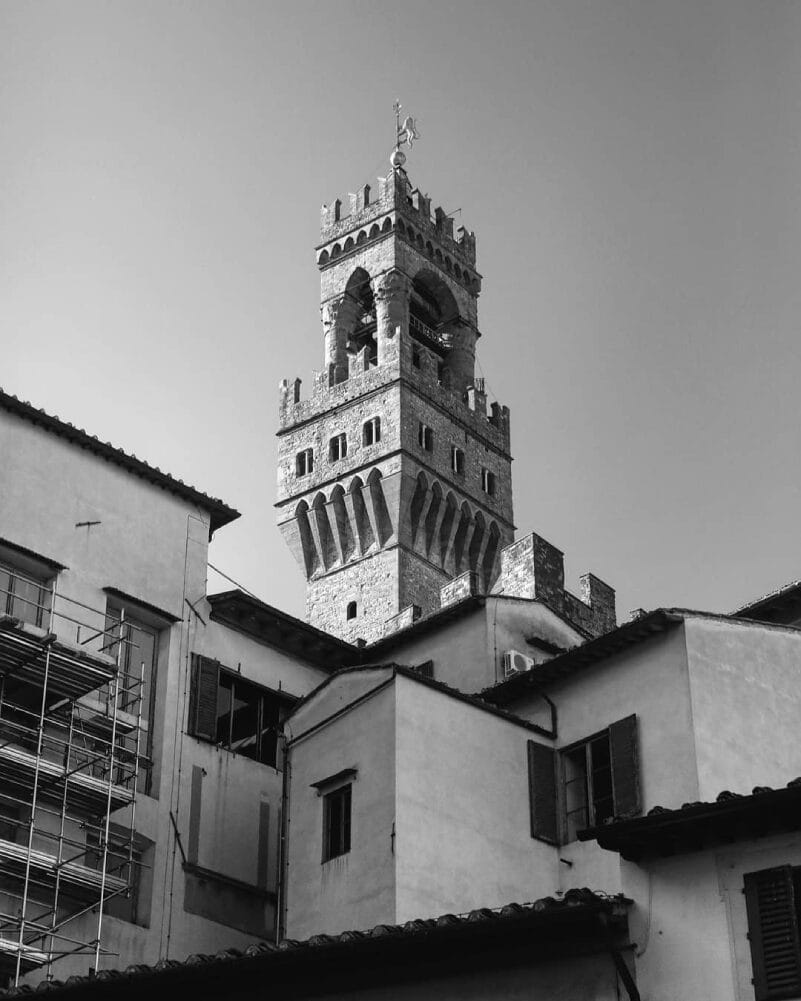

So, I physically changed the camera’s settings—monochrome only. Not color images converted to black and white later. No turning back. No safety net. And that shift was powerful. When you shoot in black and white, the color data is gone. You’re committing.
That felt symbolic. I was, in a way, deciding to let go of emotions I didn’t need anymore. Not ignoring them, but allowing them to pass through me and become part of something else—something visual, something honest.
I looked for strong contrasts, striking shapes, and clear lines. The city of Florence, already rich in history and architectural beauty, seemed to emphasize its timelessness even more starkly in monochrome. The intricate Renaissance facades, reflections dancing on the Arno River, the elegant lines of horse-drawn carriages—they revealed themselves anew without color.

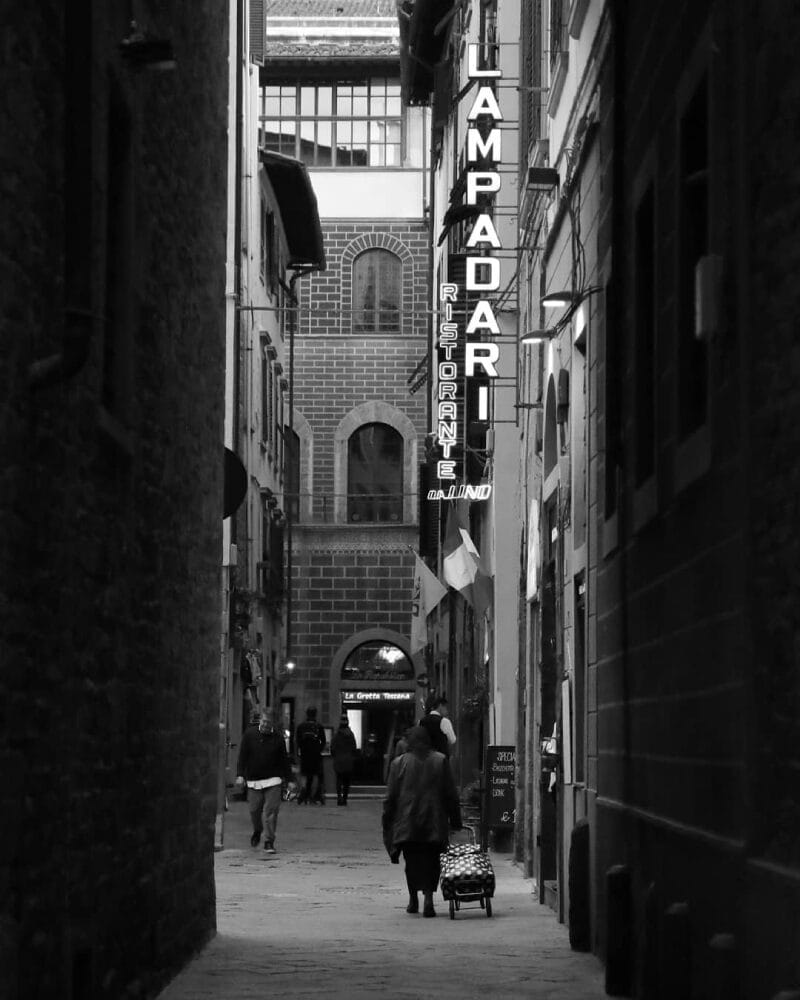
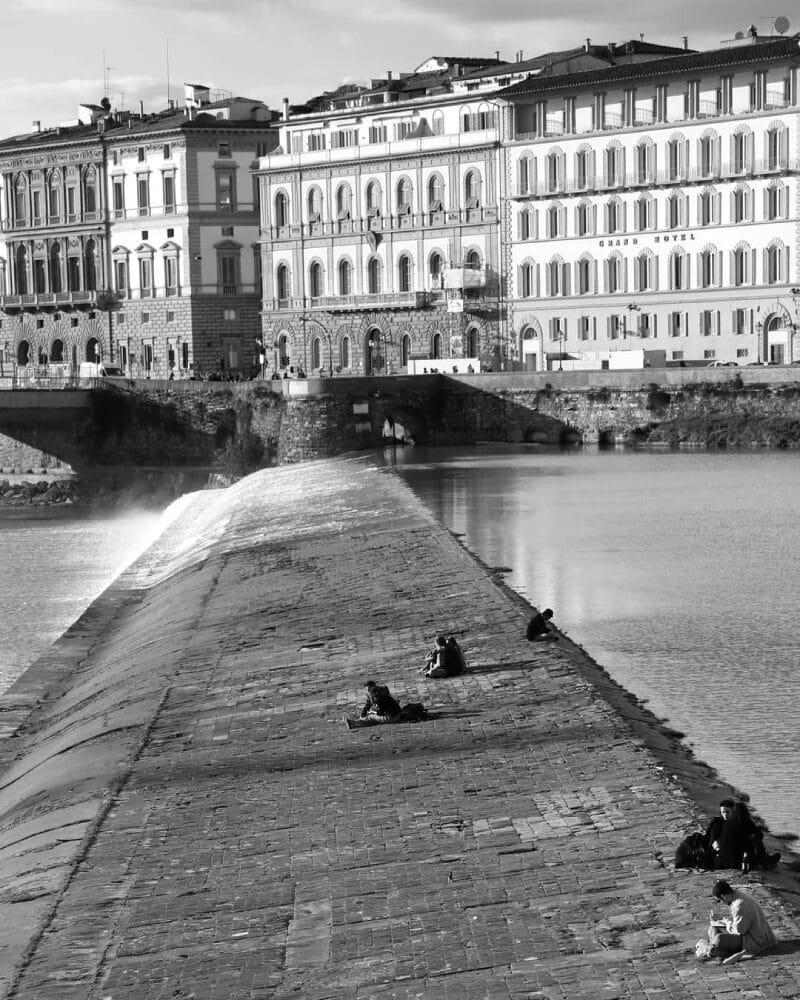
That perspective shift was therapeutic in itself. Depression can trap you in a loop of self-fulfilling thoughts. Choosing to see the world differently—even just through a lens—can interrupt that cycle. It’s subtle, but incredibly valuable.
Similar to how someone might select a playlist to navigate their emotions, this photography restriction helped me process my thoughts and feelings. With each shutter click, I felt increasingly grounded in the present. There was something profoundly cathartic about knowing each moment I captured would forever live only in shades of grey.


Embracing Creative Restriction
It also sparked a kind of creative inspiration I hadn’t felt in a while. I rarely shoot this way. In fact, I don’t think I’ve intentionally used a black-and-white-only setting on my camera in 15, maybe 20 years. It was unfamiliar and familiar at the same time.
The beauty of black and white is that it forces you to look at things differently. It simplifies the equation. I wasn’t worrying about the color of the sky or dynamic range. I wasn’t hunting for perfection. I was chasing shadows. Light. Texture. Contrast. Minimalism.
And in that simplicity, I found clarity.
That’s something I truly appreciate about black and white photography—it distills the scene into its most essential elements. There’s less to manage, but somehow more to feel. It’s raw. Honest. Sometimes even more powerful than color.
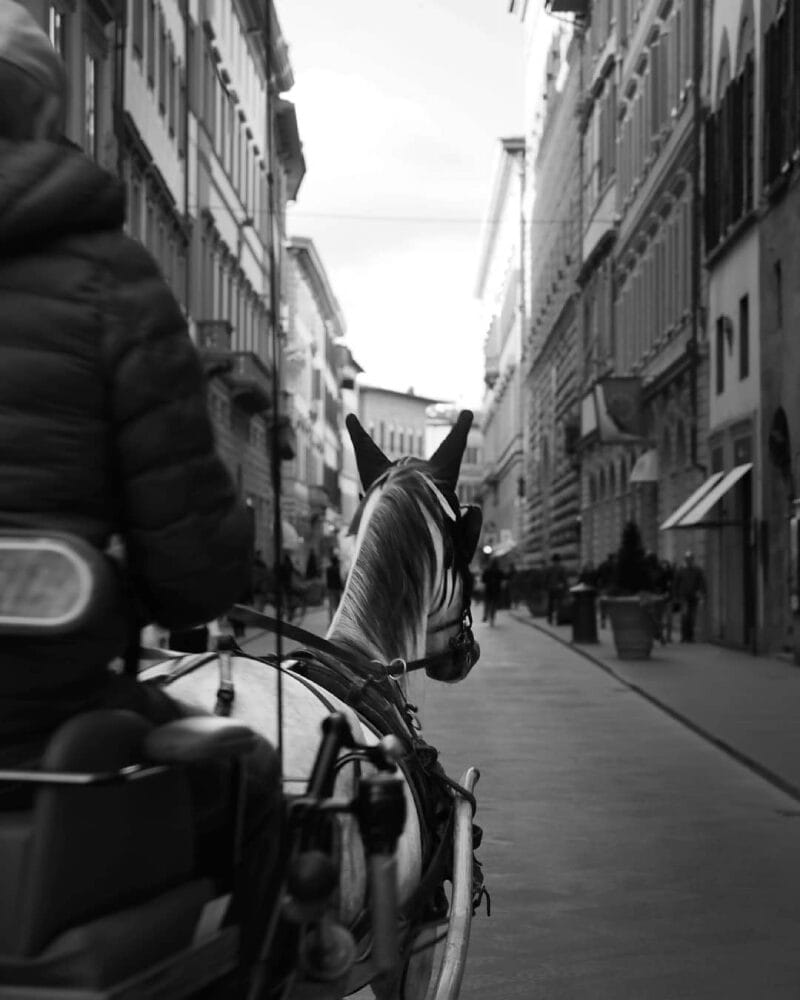

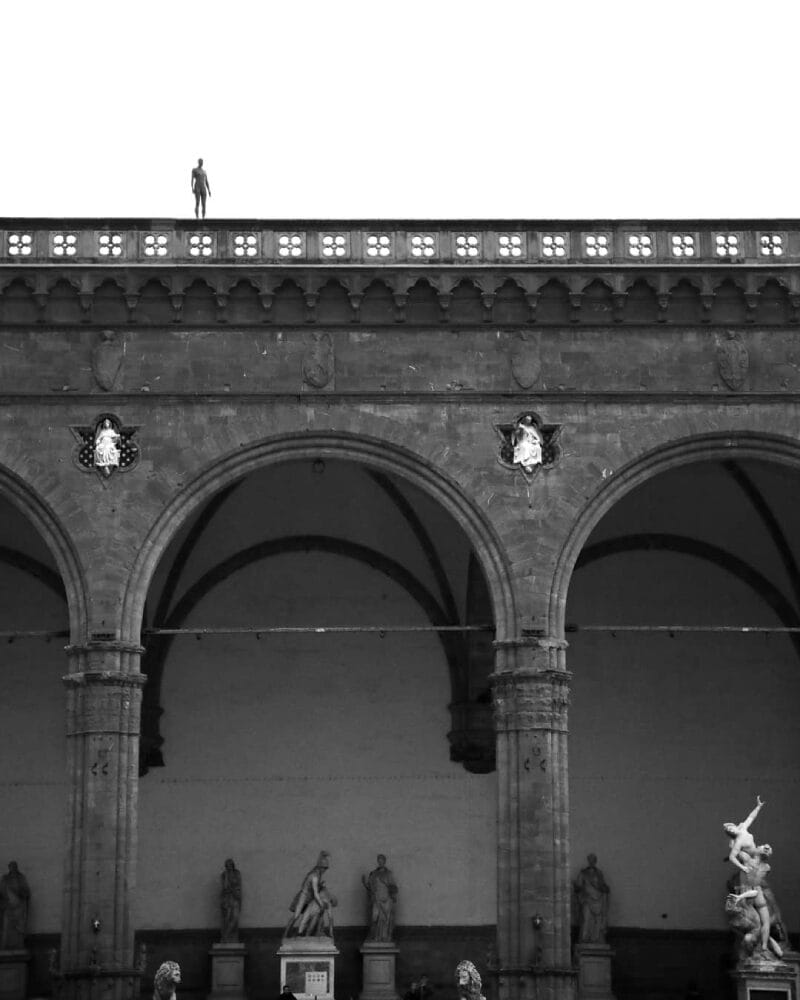
For me, this wasn’t just a creative choice. It was a form of therapy. A way forward. A way through. I wasn’t trying to rush the feelings. I was honoring them by giving them space—and turning them into something beautiful.
Check out my other blog post, Behind the Shot: Stories behind some of my most popular photos of Florence, if you enjoyed this one.
Thank you for reading and for being part of this journey. I’d love to hear from you. Let’s chat in the comments or on social media!
Cheers,
Scott


